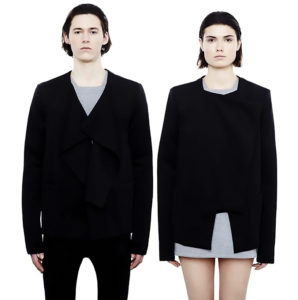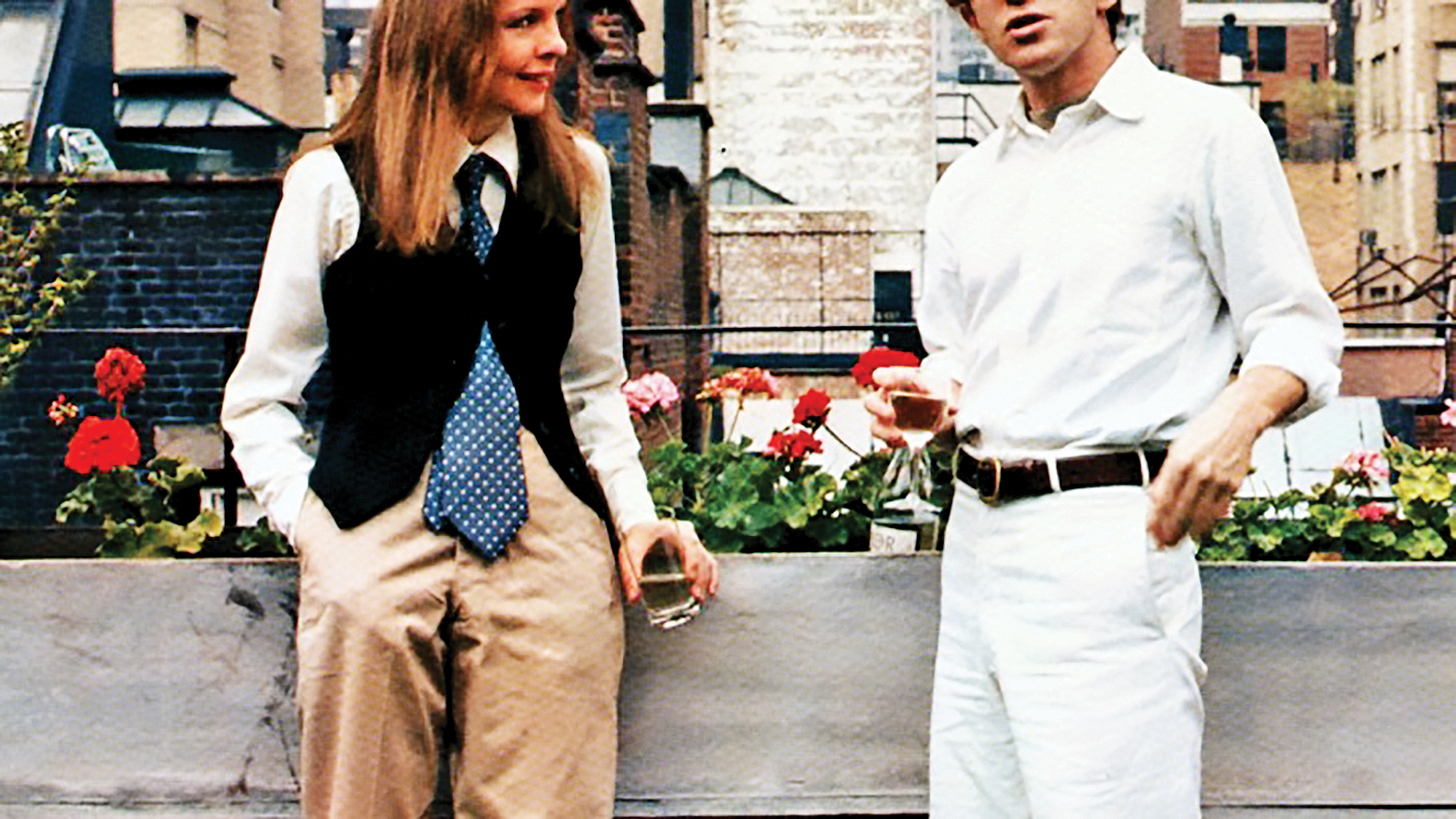Clothes can make or break gender norms. It’s high time the society understands this and sets it right
I have been thinking a lot about gender normativity lately. While I think achieving a completely non-binary approach to gender is ideal, it will be difficult to achieve in a society that has built divisive lines precisely on such binaries. But there are some areas where a change of approach could easily dissolve these divisions.
Popular culture today is speaking to the need for a non-binary approach in gender when it comes to things like clothes and fashion. This is why Jonathan Van Ness of Queer Eye can strut his heels and a jump suit and the world is giving up on specific personal pronouns like she or her for they or them if that’s how they feel is a more accurate way to address them. I am personally an advocate of approaching gender and sexuality as a spectrum. Such an approach is so much easier to peg yourself at instead of resorting to archaic terms like “tom-boy” or “girlie”. We are tired today of being castigated for being too much of the “other gender”. As if a love for short hair and sneakers at once robs you of the characteristics of a woman. And what is feminity or masculinity really? Is it the contours of a personality at once hard or soft, at once firm or tender, at once your son in a Bharatnatyam class and your daughter in a football field? Is it even important to identify as one or the other exclusively? Maybe it is for some people and maybe it isn’t for others and both these preferences are equally important.

This also made me think about the confines of one, specific gender. I was at a dance fitness class the other day and mid-way through a vigorous workout the underwire of my bra began to come off. I was left feeling shamefaced, extremely embarassed and frozen. I did not know if I should make a run for it, adjust my clothes when no one was looking or just carry on as if nothing had happened. I didn’t make a run for it but instead tried a bit of the other two. I could see men around me moving their bodies without once even thinking about them, whereas women around me and I have routinely had to think about whether a particular movement would make our breasts look vulgar. This incident which had nothing to do with other people at the class and everything to do with how I felt, left me feeling upset. And it took me some time to decide what exactly about this incident was bothering me. Outside of basic decency which we are all usually mindful of maintaining, women have to routinely guard their selves so that nothing about their bodies is obviously or overtly sexy or even visible. Dupattas, baggy shirts, saris, the veil even. All designed to hide a form. And all of this undeniably so that men are not inconvenienced in any way by the space you occupy. This is when I think breaking the stereotypes of gender normativity is easier for men than it is for women (and I use these words generically). I cannot imagine a woman turning up at the gym without a bra although I wish she could even if it means invoking a movement from the 1960s.
It is true though, that a woman’s body is political. Why do we as a society fear the female form so much? As if out in the open it would wreak havoc in our carefully desgined lives, meant only for specific rules and specific types of people. True gender fluidity both in terms of identity and how we present ourselves to the outside world will be achieved only when we start thinking about the ways in which women’s clothes have oppressed them over the years. Whether it is heels or a garter, a corset or an underwire bra, a thong or a shaper, chudidars or high waist jeans, all these clothes have the sole aim of fastening, securing and bolting up a woman’s body.
And many of these clothes aim to make the female form more desirable to men. I cannot think of a single piece of clothing (other than perhaps belts which everyone uses) that is as oppressive as these for men. One shudders to think of an off day when a woman decides to wear a fitted skirt without a shaper only to be asked mockingly when she is due to deliver a child. But those have always been the rules of the game. Women’s clothes have been designed to keep them in check. Whereas men’s clothes have been designed for exactly the purpose of clothes – to cover them. This is perhaps why no one thought it necessary to have proper pockets in pants for women (and there was a global movement around this). Because women were expected to carry bags and purses everywhere of course. Why’d she want to make her thighs look fat with overloaded pockets!
When the world speaks of breaking gender normativity, I wish we changed the rules of play completely such that no one had to wear clothes that do not allow you to breathe. The fashion industry has historically, cleverly designed clothes that defy custom and tradition. Look at harem pants for example that have transcended the binary and which even a cisgender man will wear unapologetically, once in a while. If we collectively got rid of the dupatta, the bra and the shaper, no one would feel the need for one, eventually. Girls don’t just want to have fun, but you could let them have fun sometimes?
www.newslaundry.com





